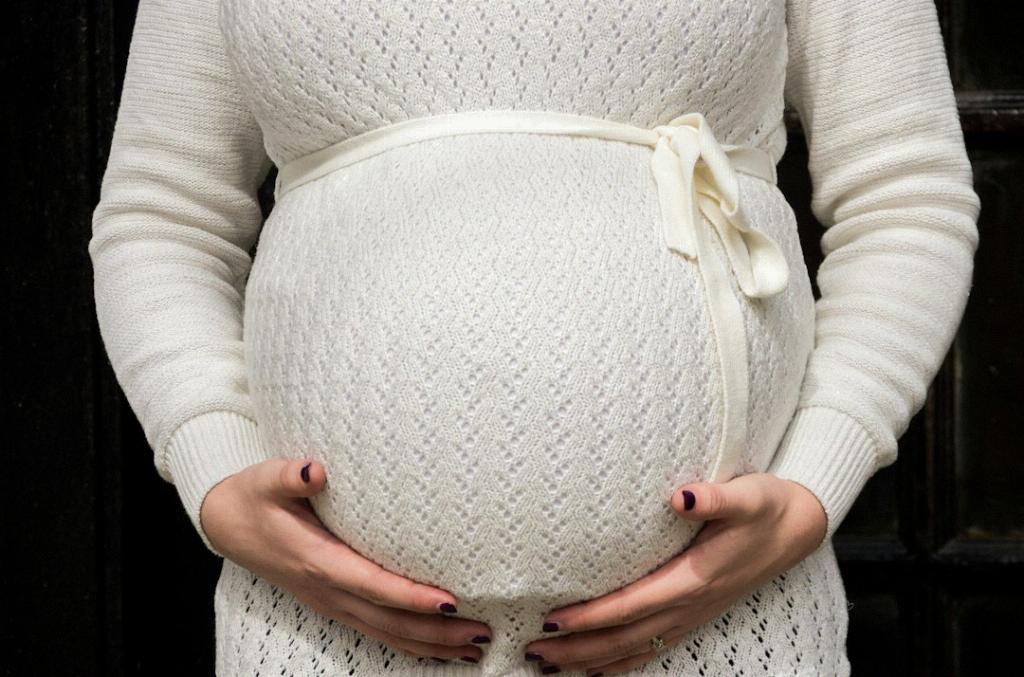After undergoing a caesarean section, many new mothers often wonder when they can start eating again. The timeline for resuming food intake after a C-section can vary depending on individual circumstances, but general guidelines suggest that the timing differs for oral fluids and solid foods.
Early Oral Fluid Intake
Early oral fluids after a C-section, as defined by healthcare providers, typically begin within six hours post-surgery. This initial phase of fluid intake plays a crucial role in preventing dehydration and keeping the body nourished in the early stages of recovery.
Transition to Solid Foods
Transitioning from oral fluids to solid foods after a C-section usually occurs within a slightly longer timeframe. Healthcare providers often recommend waiting between six to eight hours post-surgery before introducing solid foods into the diet.
Importance of Early Nutrition
It is essential to prioritize early nutrition after a C-section to support the body’s healing process. Nutrient-rich foods and hydration can aid in recovery, boost energy levels, and promote overall well-being during the post-operative period.
Listening to Your Body
While guidelines provide a rough timeline for food intake after a C-section, it is crucial to listen to your body’s signals and follow personalized recommendations from healthcare providers. Everyone’s recovery journey is unique, and individual needs may vary.
Factors Influencing Food Intake
Several factors can influence the timing of food intake after a C-section, such as the mother’s overall health status, the presence of any complications during surgery, and the anesthesia used. These variables can impact the body’s readiness to resume regular eating habits.
Gradual Progression
When reintroducing solid foods after a C-section, gradual progression is key. Start with easily digestible options, such as soups, broths, and light snacks, before moving on to more substantial meals. This approach helps prevent digestive discomfort and allows the body to adjust gradually.
Hydration Matters
Alongside food intake, maintaining adequate hydration levels is critical after a C-section. Drinking water and clear liquids can help prevent dehydration, support the body’s functions, and aid in the healing process. Aim to consume fluids regularly throughout the day.
Post-operative Care
Post-operative care instructions provided by healthcare providers play a significant role in guiding food intake after a C-section. Following these guidelines closely, such as specific dietary recommendations and restrictions, can support a smooth recovery process.
Consulting Healthcare Providers
If you have any concerns or questions regarding food intake after a C-section, do not hesitate to consult your healthcare providers. They can offer tailored advice based on your individual circumstances, ensuring that your dietary choices align with your recovery needs.
Returning to a Balanced Diet
As your recovery progresses, focus on gradually returning to a balanced diet that includes a variety of nutrient-dense foods. Incorporating fruits, vegetables, lean proteins, and whole grains can help support healing and replenish essential nutrients.
Patience and Self-care
Above all, practice patience and prioritize self-care as you navigate food intake after a C-section. Give your body the time it needs to heal, listen to its cues, and make nourishing choices that support your well-being during the recovery process.

